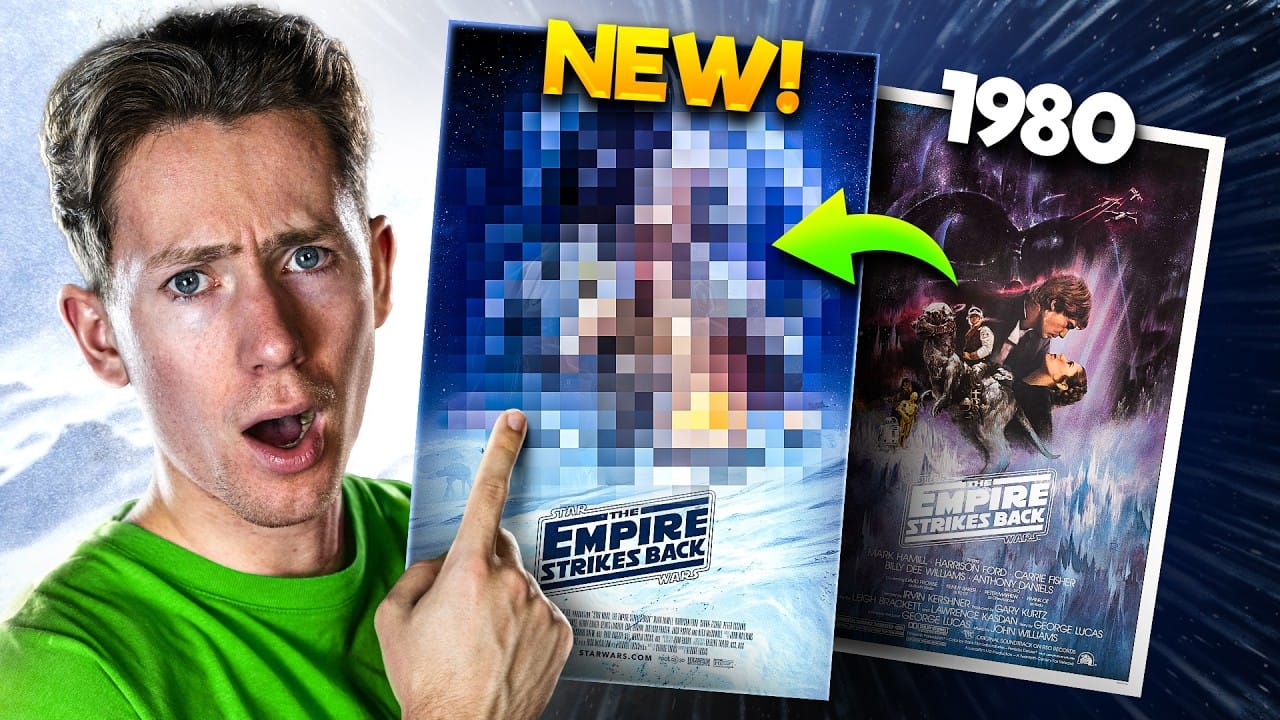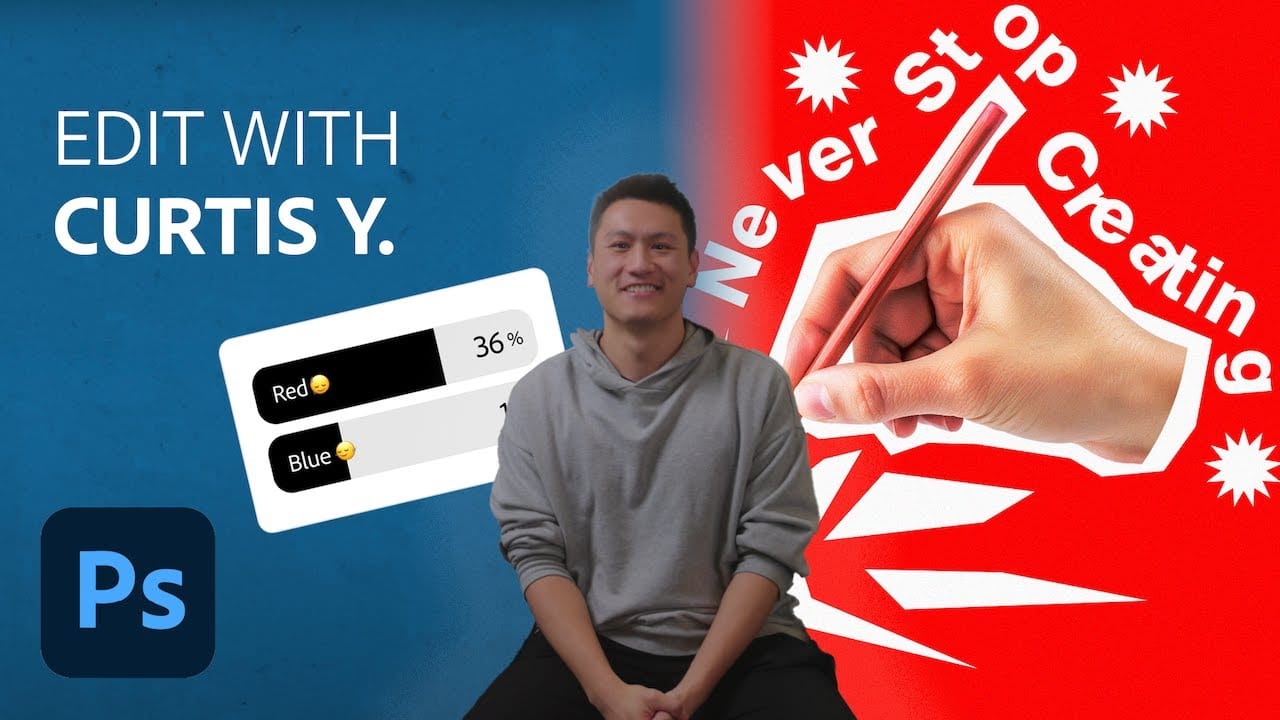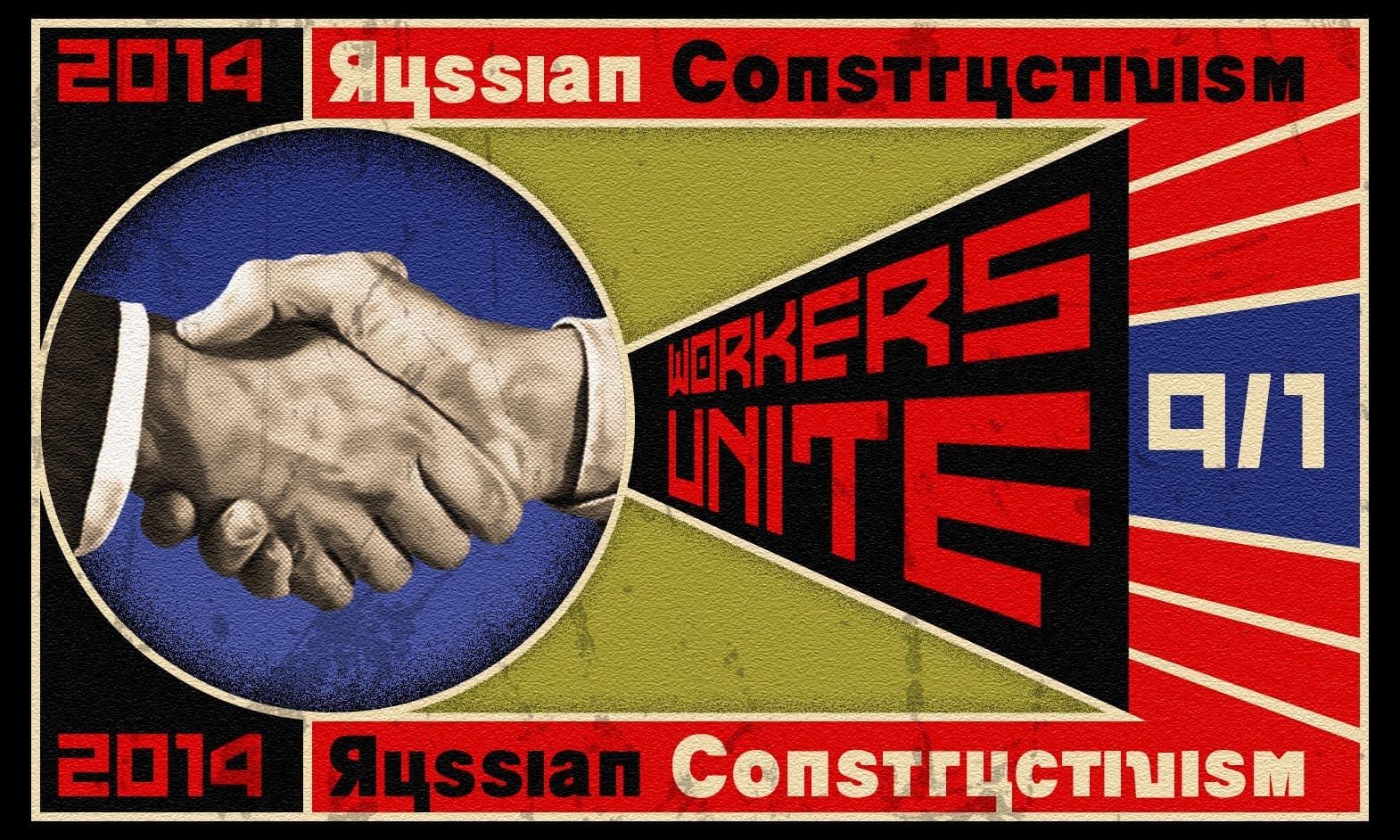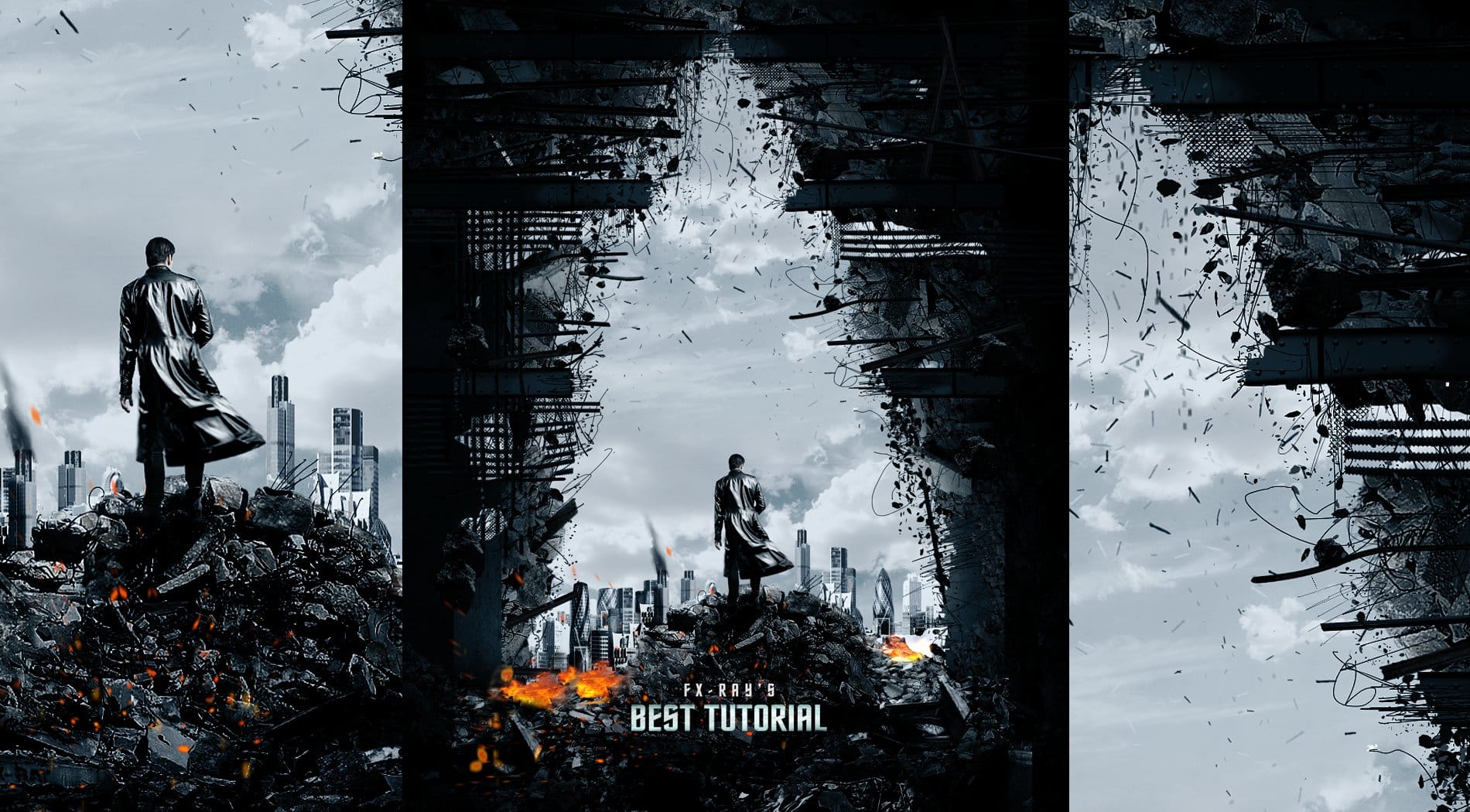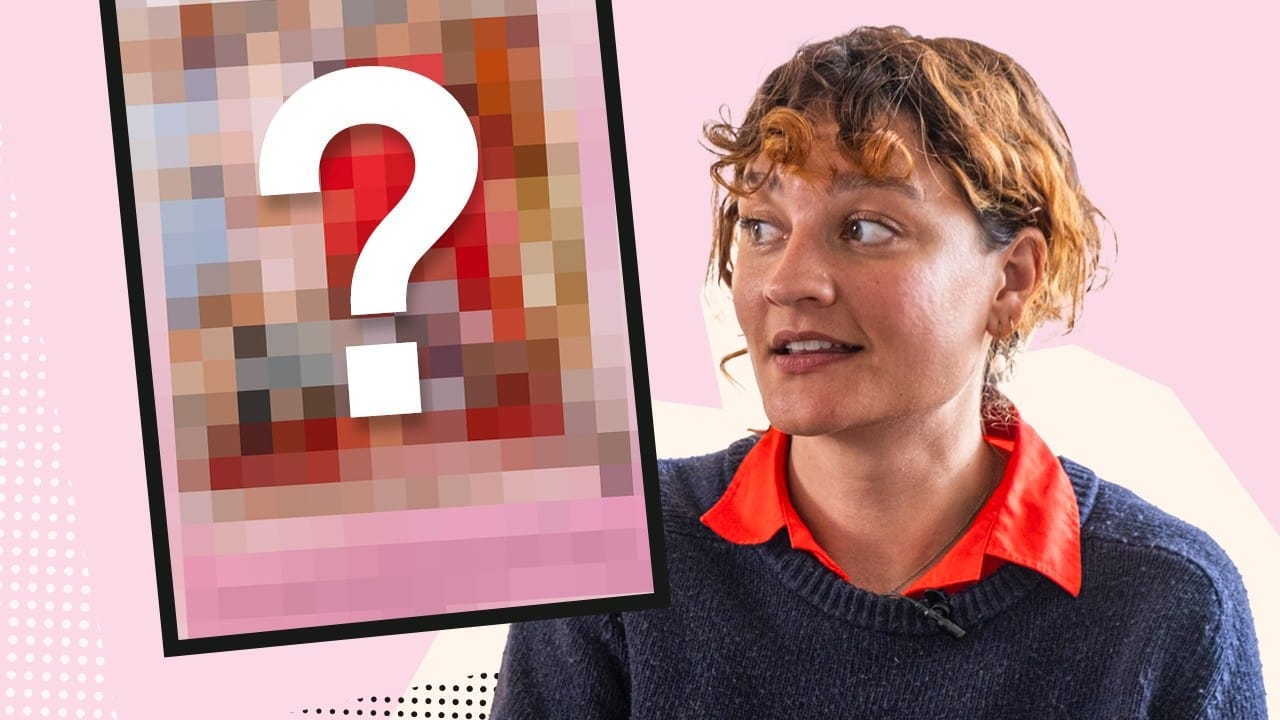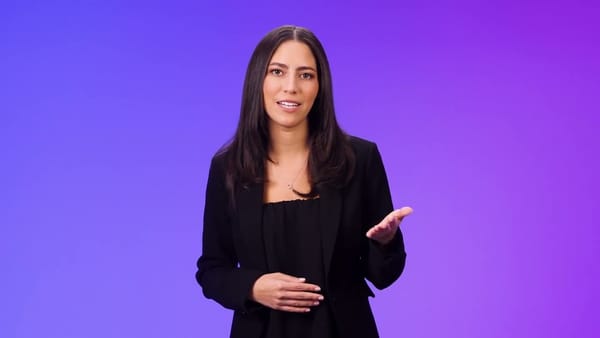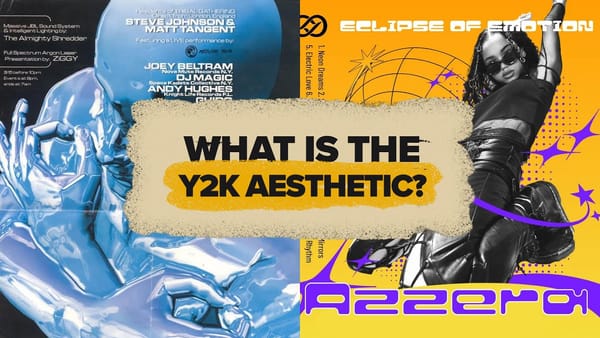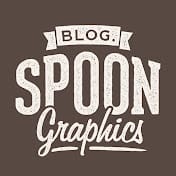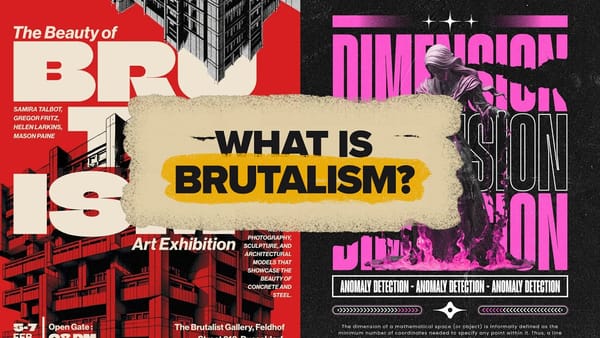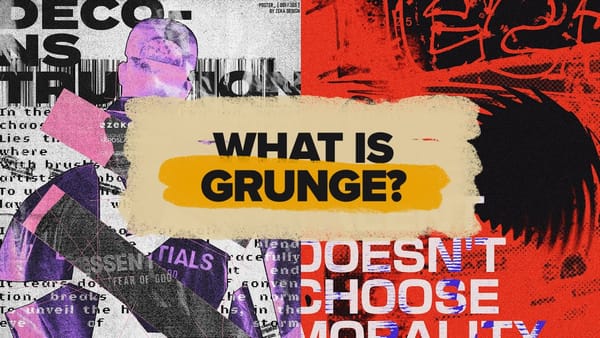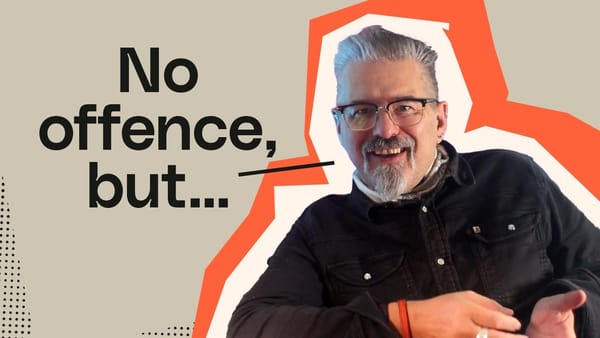Wes Anderson's films are renowned for their distinctive visual style, but the evolution of his movie poster design tells a fascinating story of creative growth and collaboration. From the raw indie aesthetic of his 1996 debut to the meticulously crafted artwork of recent releases, Anderson's posters showcase a journey from standard film marketing to integrated artistic expression.
This comprehensive ranking examines all twelve Wes Anderson movie posters, analyzing typography choices, color palettes, collaborative artwork, and how each poster reflects both its era and Anderson's developing cinematic identity. The discussion reveals how poster design evolved from in-house studio work to partnerships with renowned illustrators, typographers, and artists.
Watch the Complete Poster Ranking
Video by Envato Tuts+. Any links or downloads mentioned by the creator are available only on YouTube
The Evolution of Anderson's Visual Identity
Anderson's poster design journey reflects broader changes in film marketing and the director's growing influence over his projects' visual presentation. Early posters like Bottle Rocket and Rushmore were created by studio design teams working independently of the film's production, resulting in marketing materials that felt disconnected from Anderson's emerging aesthetic sensibilities.
The turning point came with The Royal Tenenbaums, which introduced key visual elements that would become Anderson trademarks: symmetrical compositions, ensemble cast presentations, and the first use of Futura typography. This marked the beginning of Anderson's brother Eric Chase Anderson's involvement in both film graphics and poster design, creating consistency between the movie's internal visual world and its marketing materials.
Later films demonstrate increasingly sophisticated collaborations with specialists. Moonrise Kingdom brought in renowned typographer Jessica Hische to create custom lettering, while The Grand Budapest Hotel featured hand-cut typography by Annie Atkins. These partnerships elevated poster design from promotional necessity to integral artistic expression, with each poster serving as both marketing tool and standalone art piece that captures the film's essence.
Key Design Elements in Anderson's Posters
- Study typography evolution from generic fonts to custom lettering that reflects each film's setting and era
- Observe color palette consistency, particularly Anderson's signature use of yellow, red, and pastels across different projects
- Notice the shift from cast-focused layouts to location and object-centered compositions in recent work
- Examine how cultural and geographical references influence design choices, especially in The Darjeeling Limited and Isle of Dogs
- Analyze the integration of film production elements like miniatures and illustrations directly into poster artwork
More Tutorials about Poster Design
Explore additional resources for creating compelling poster designs and typography.
